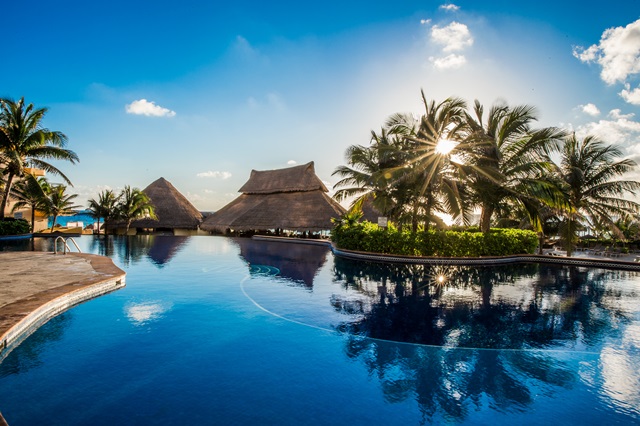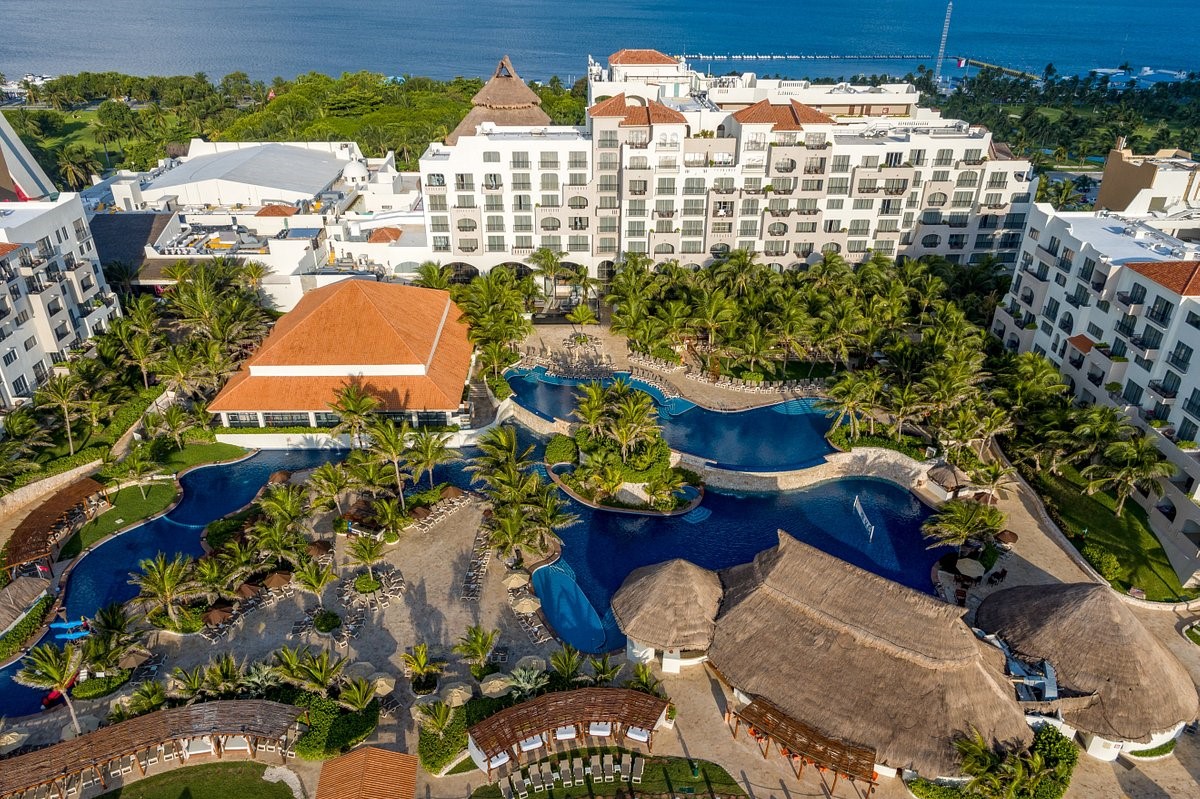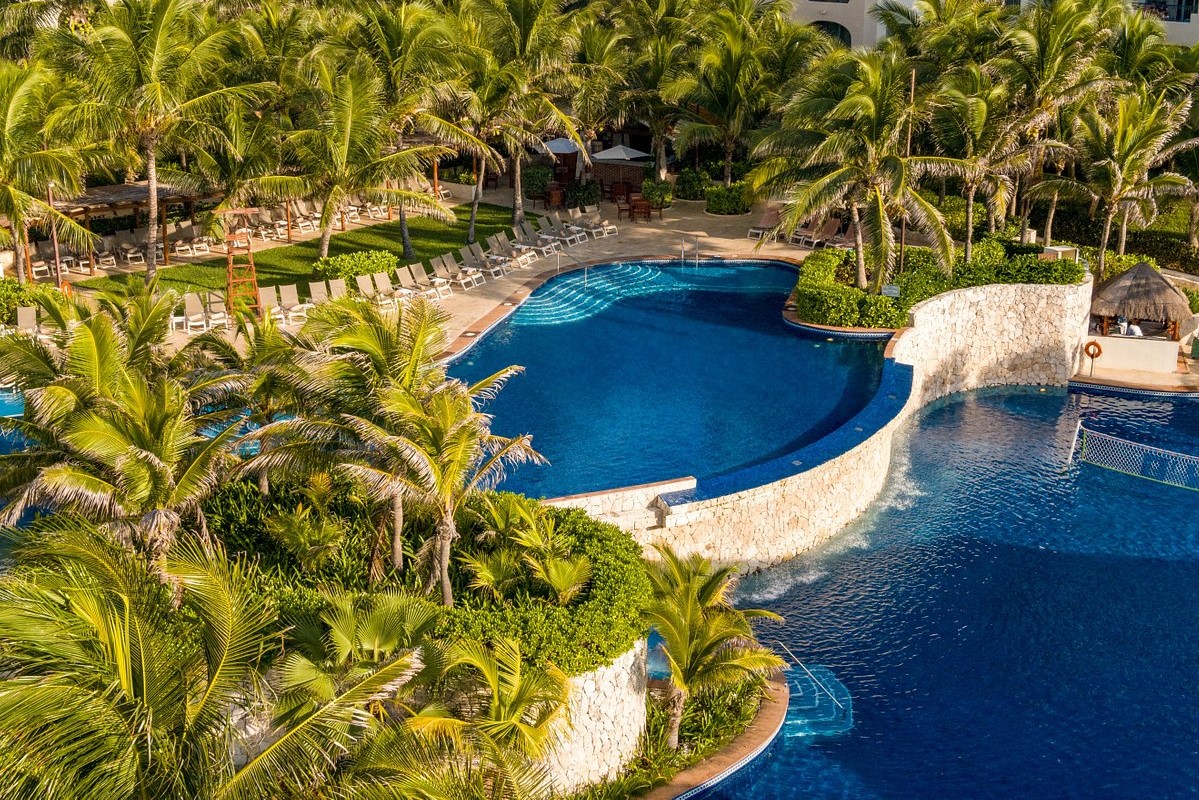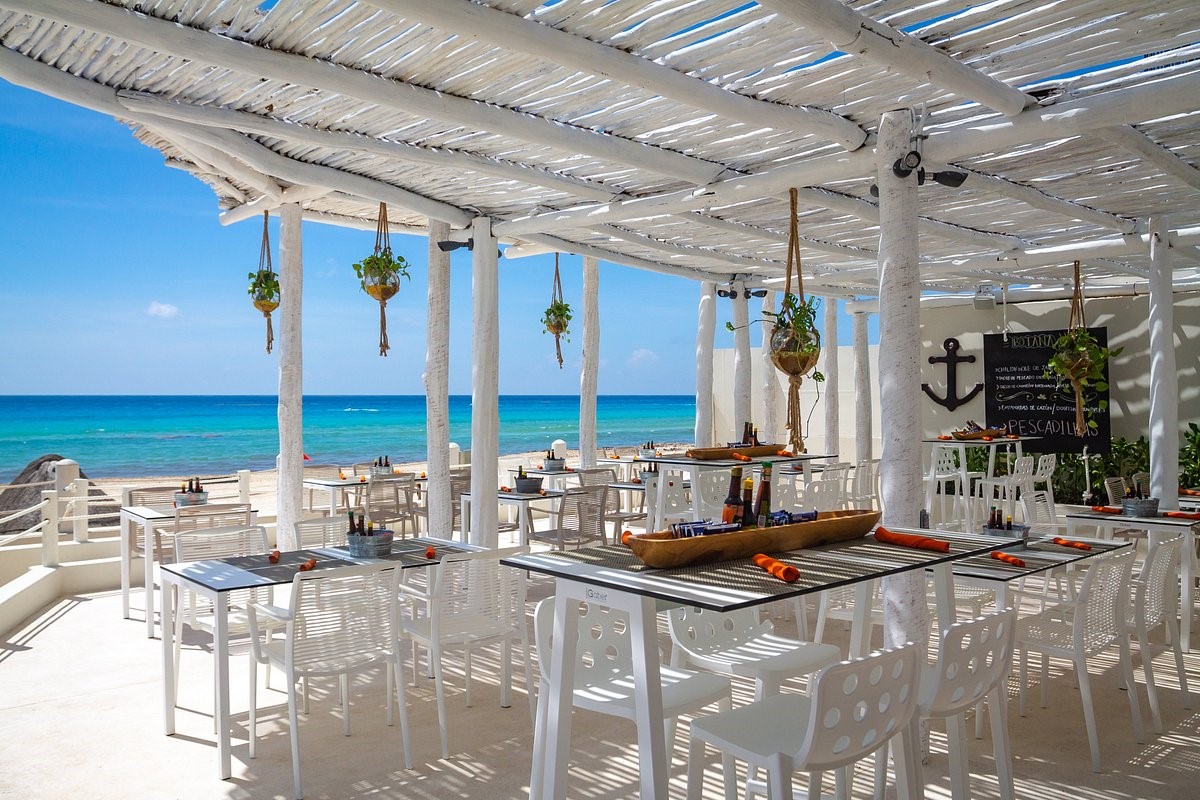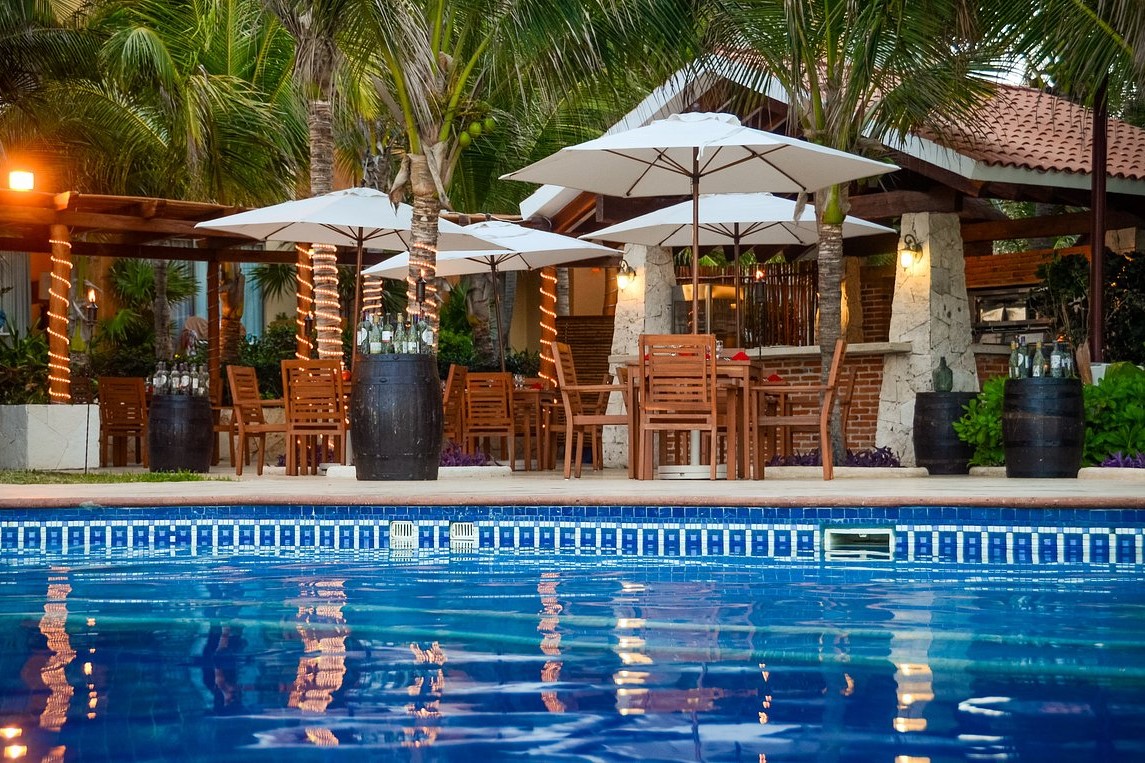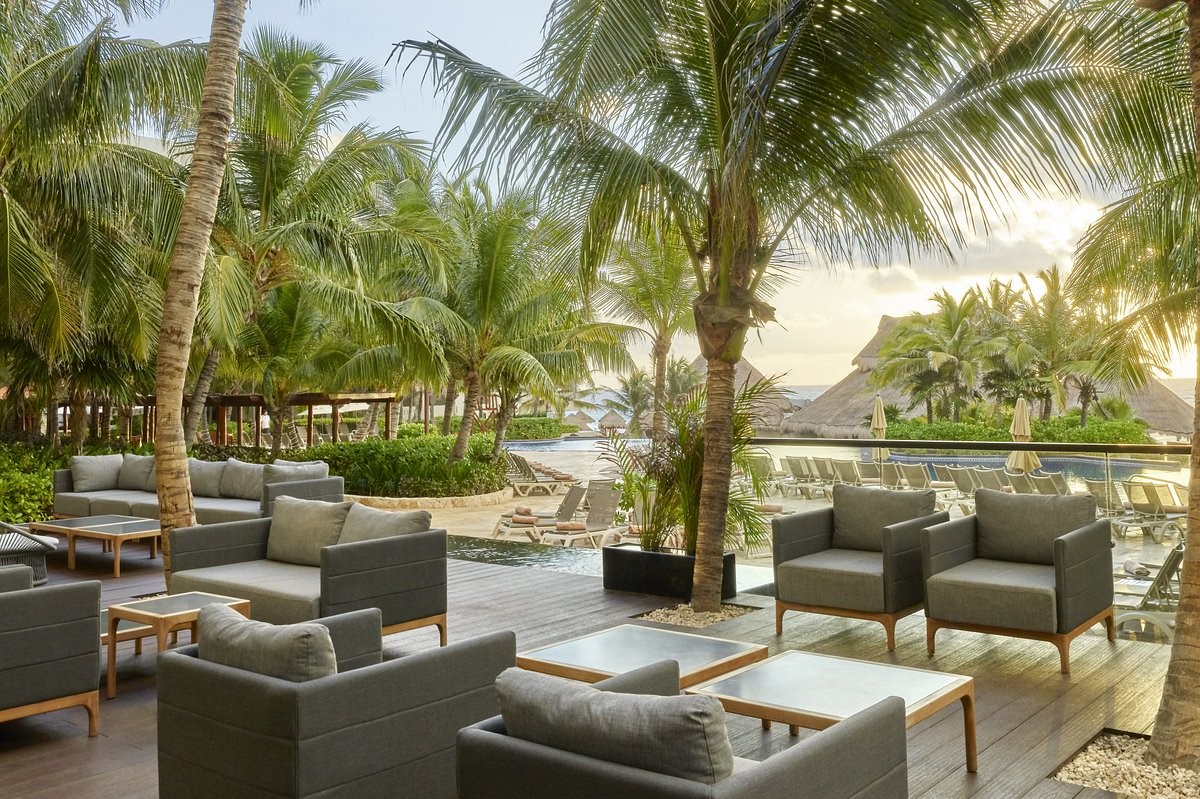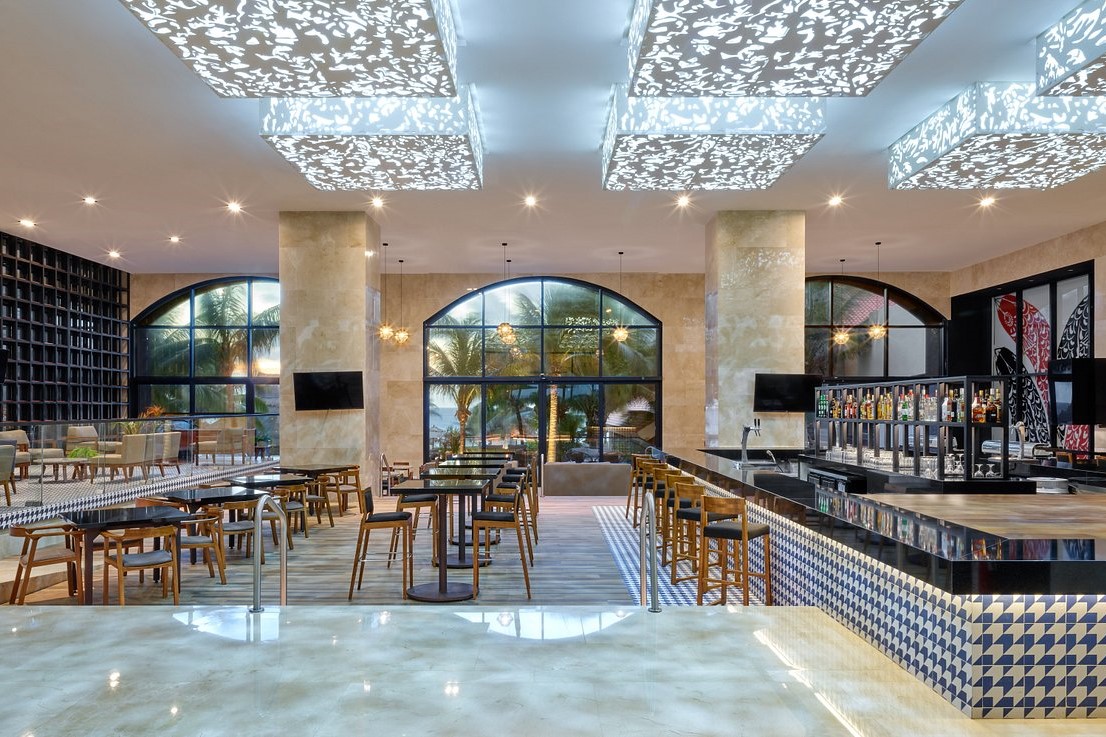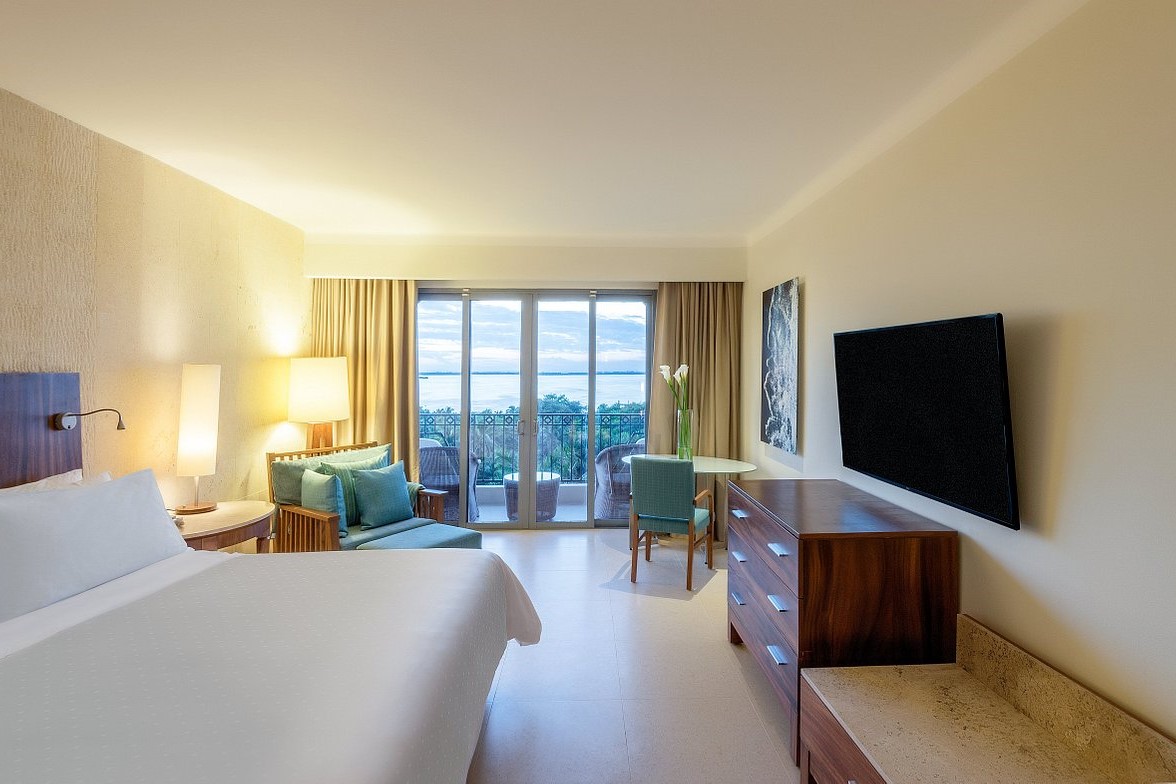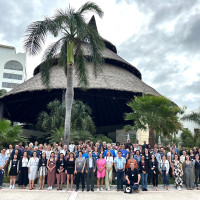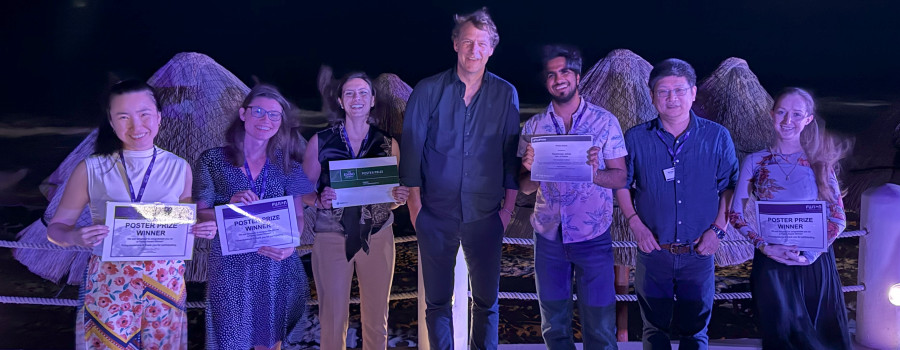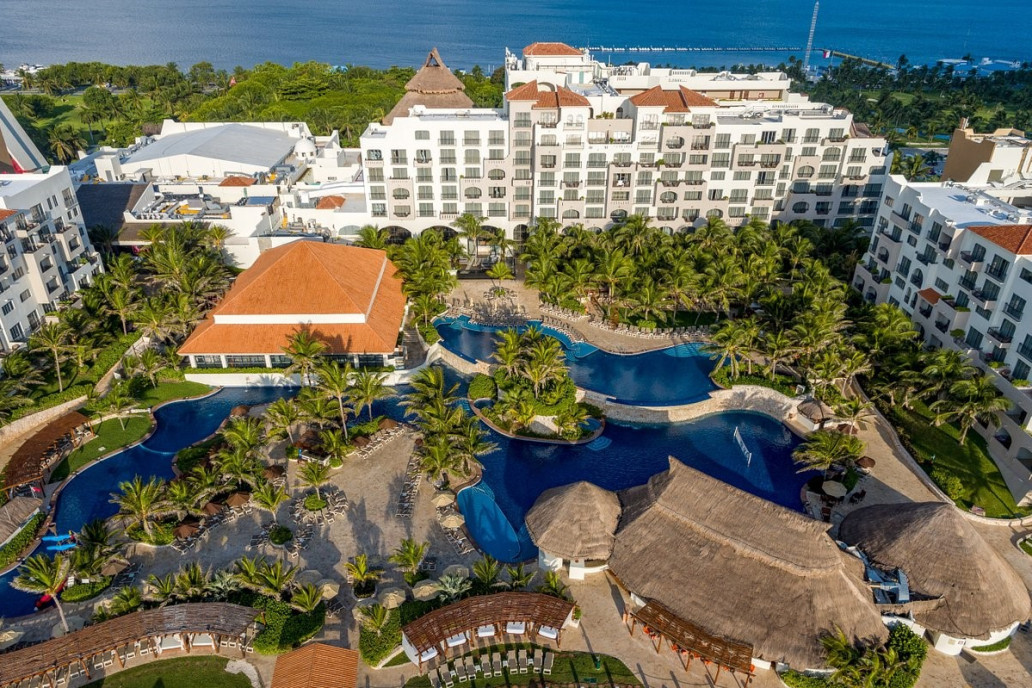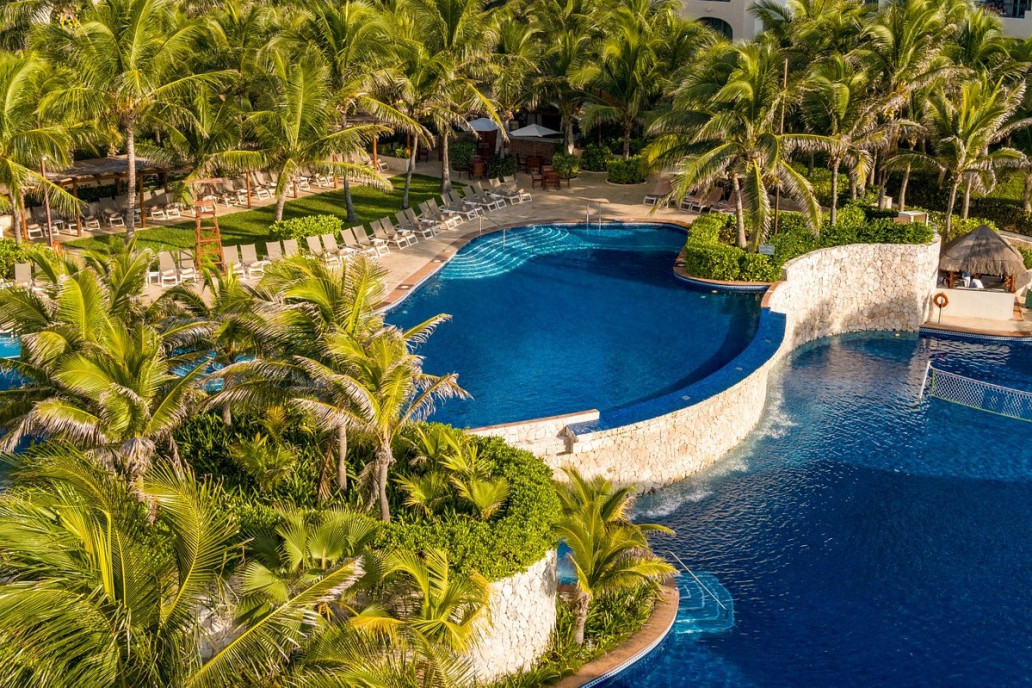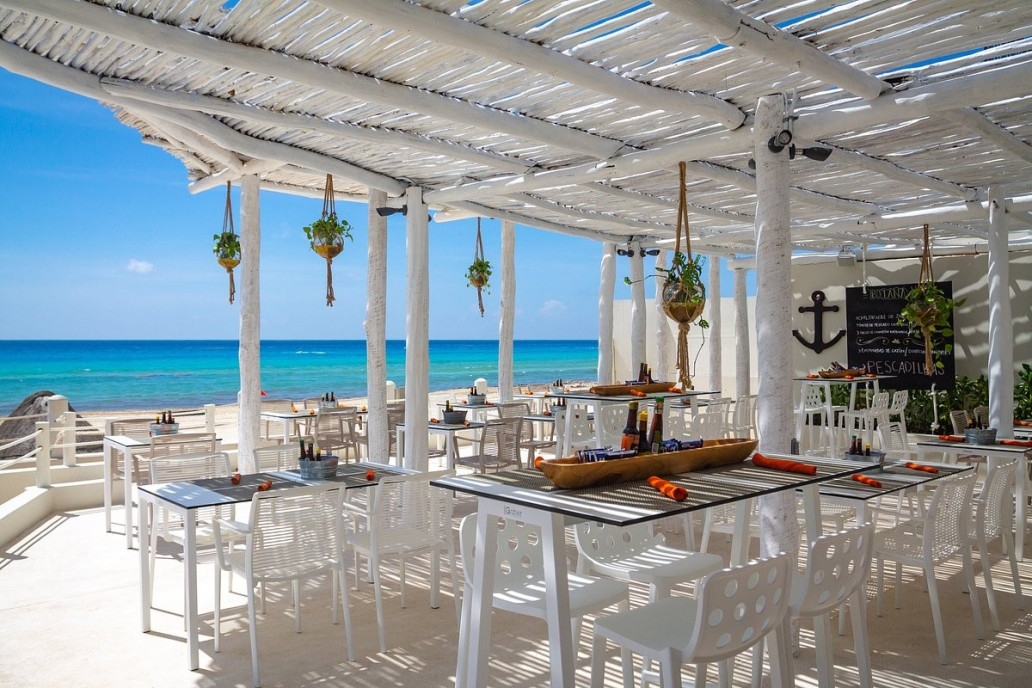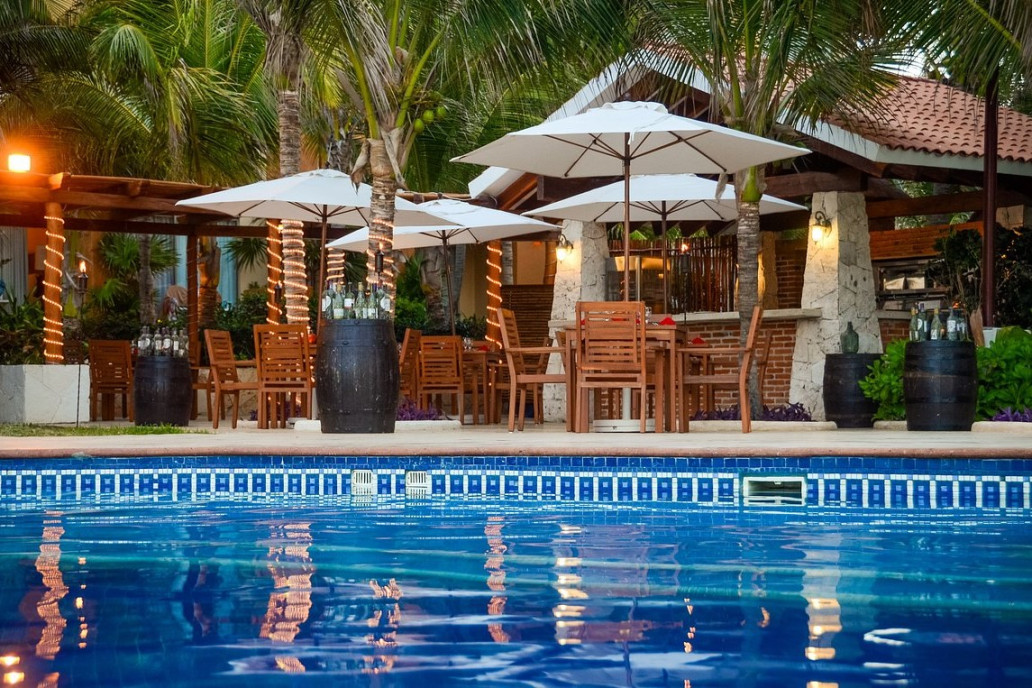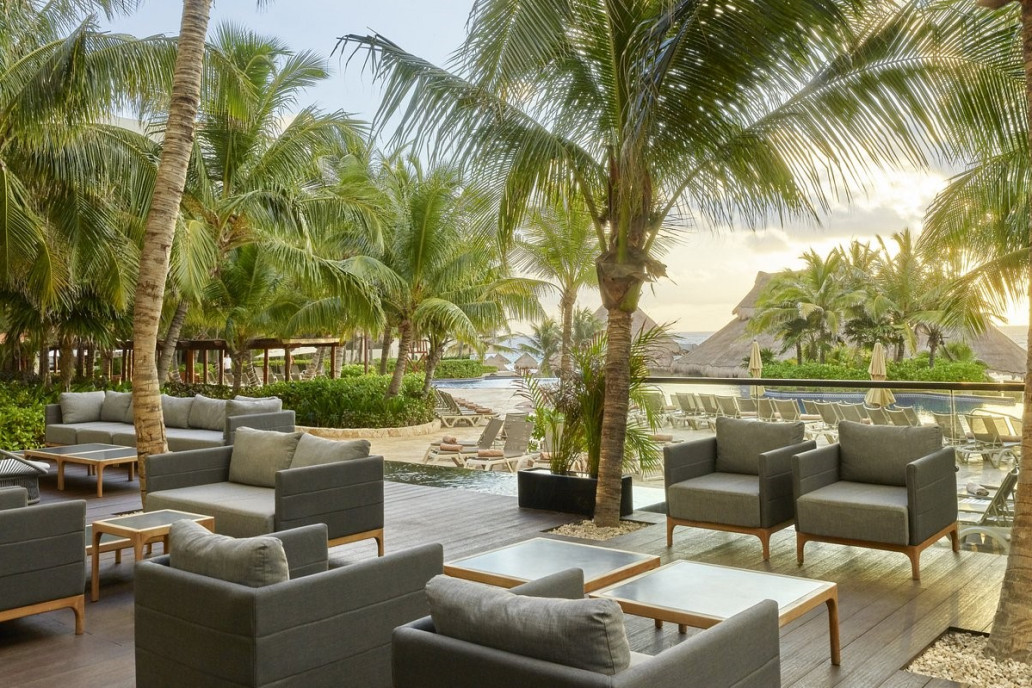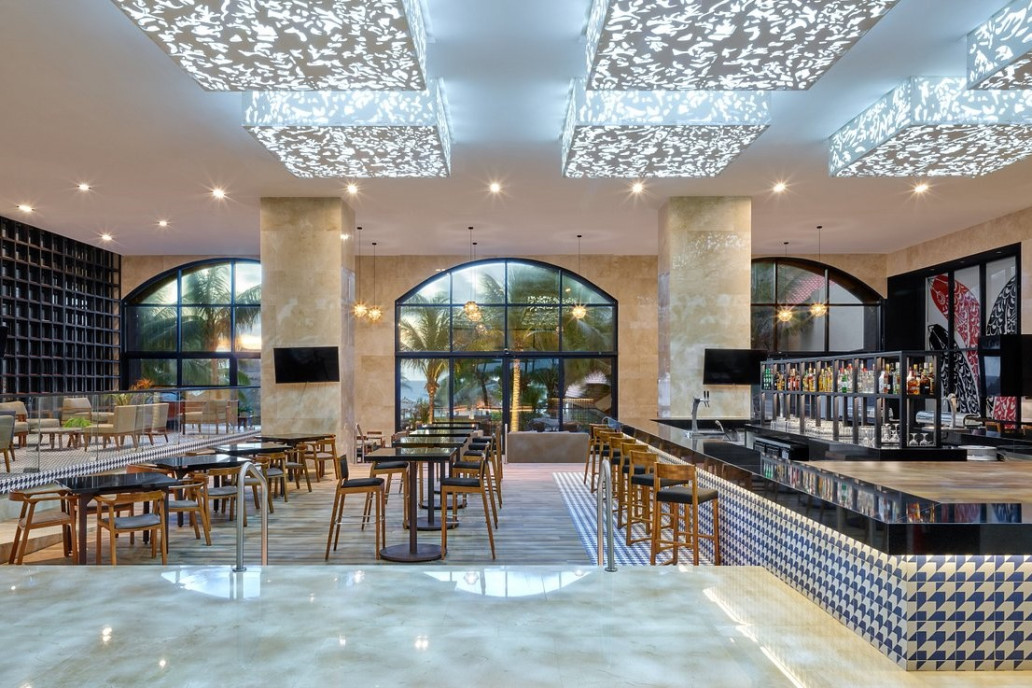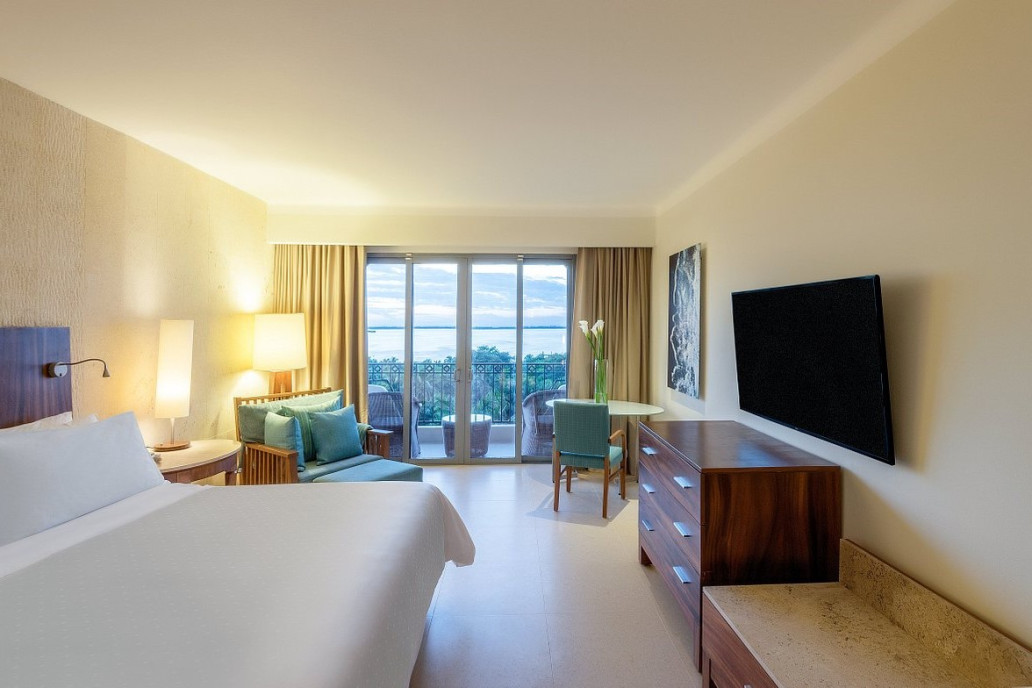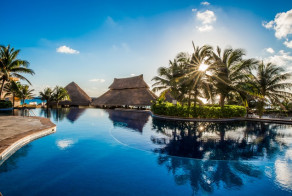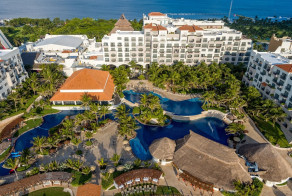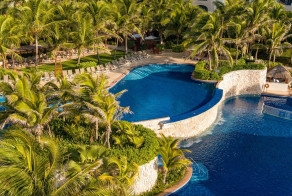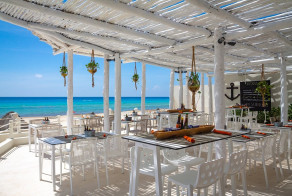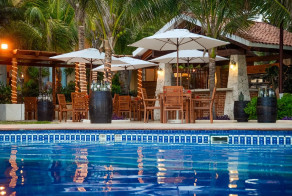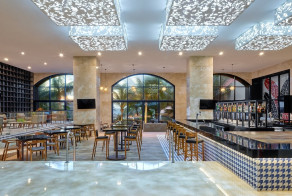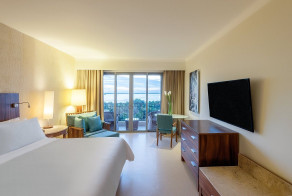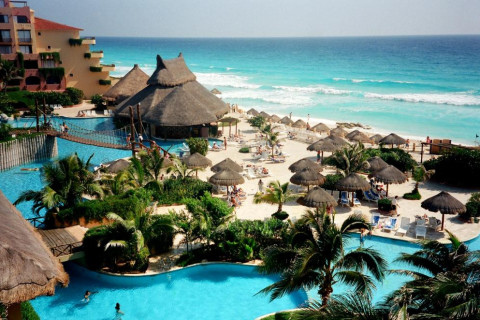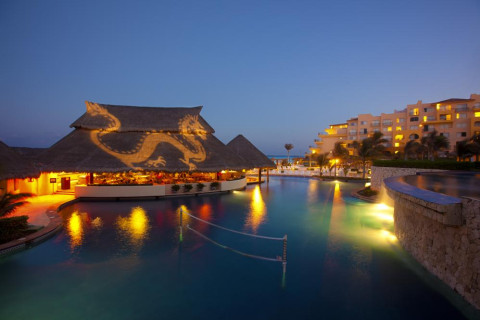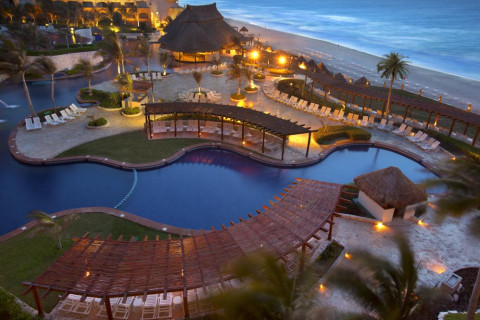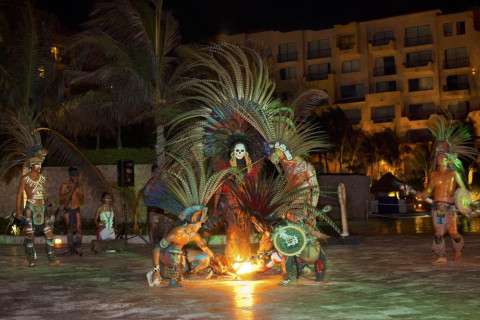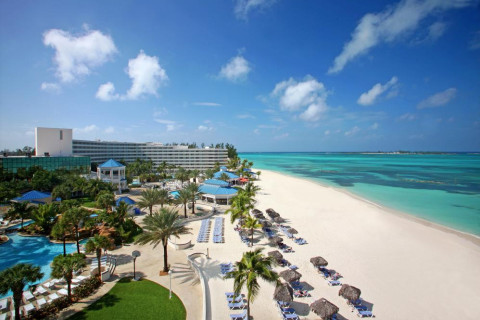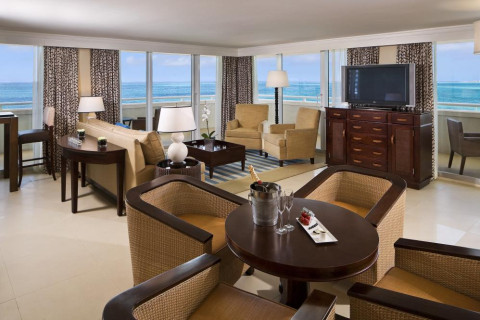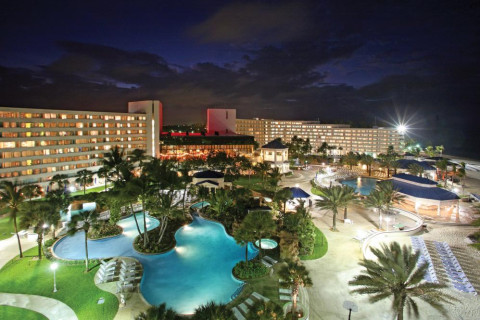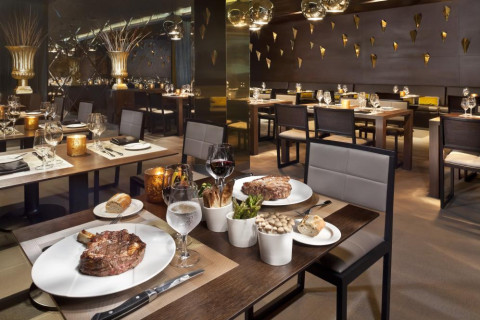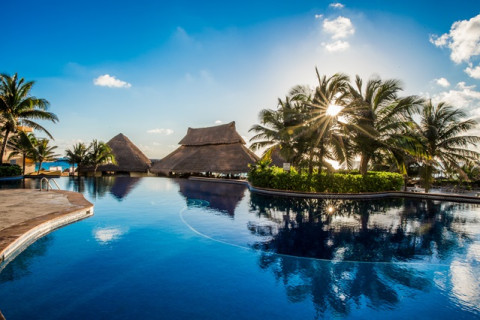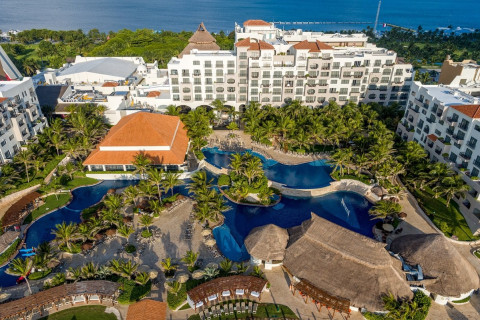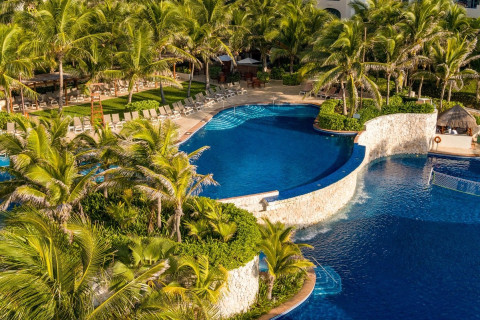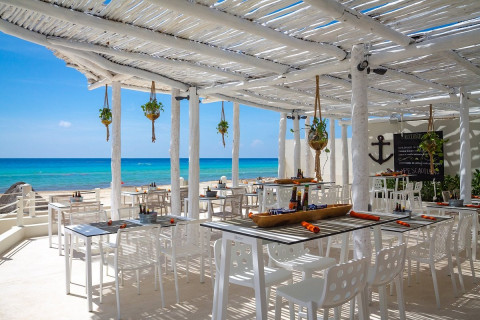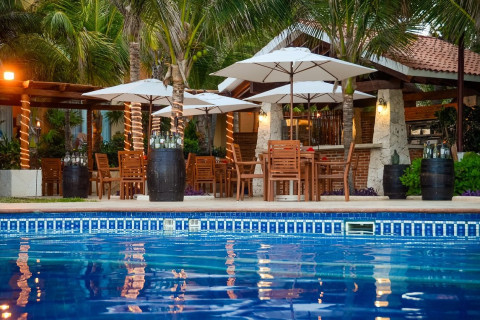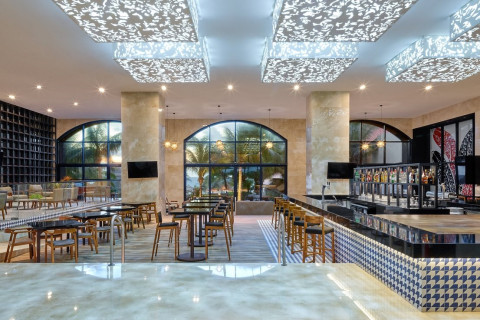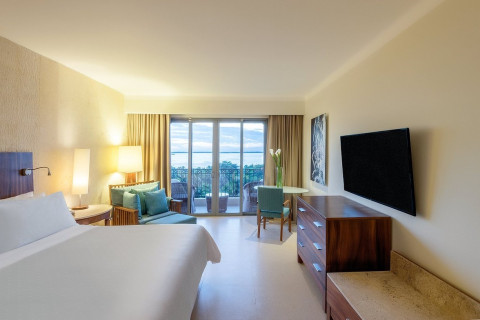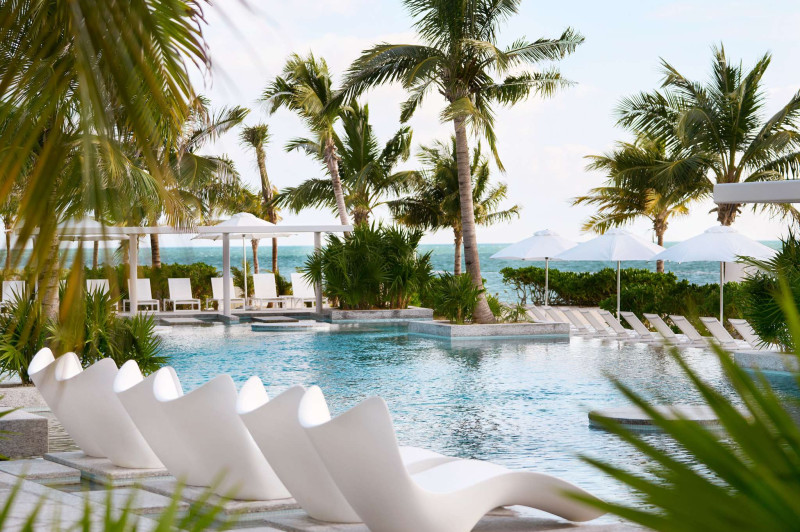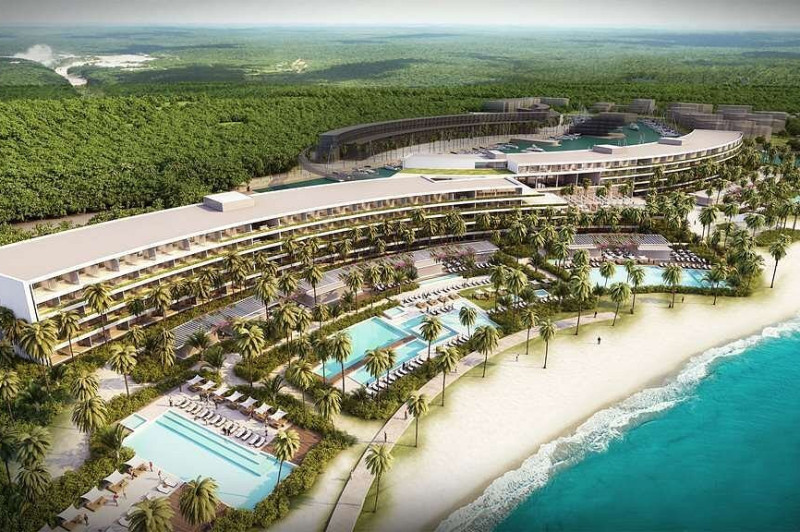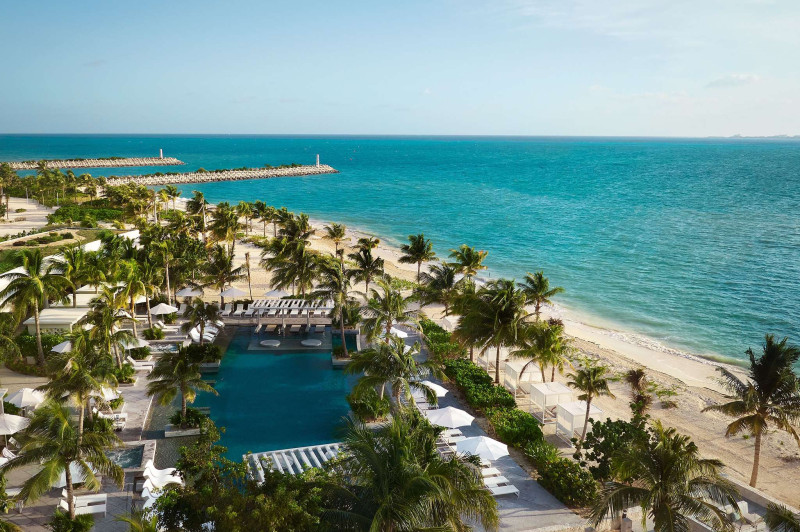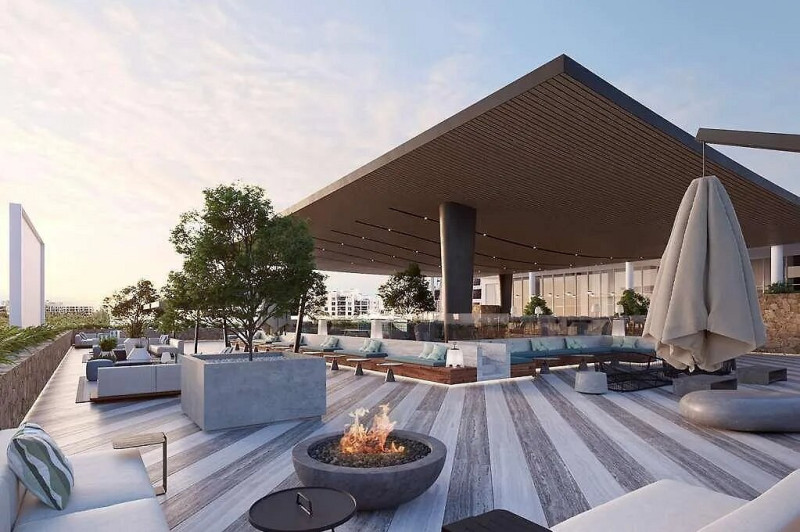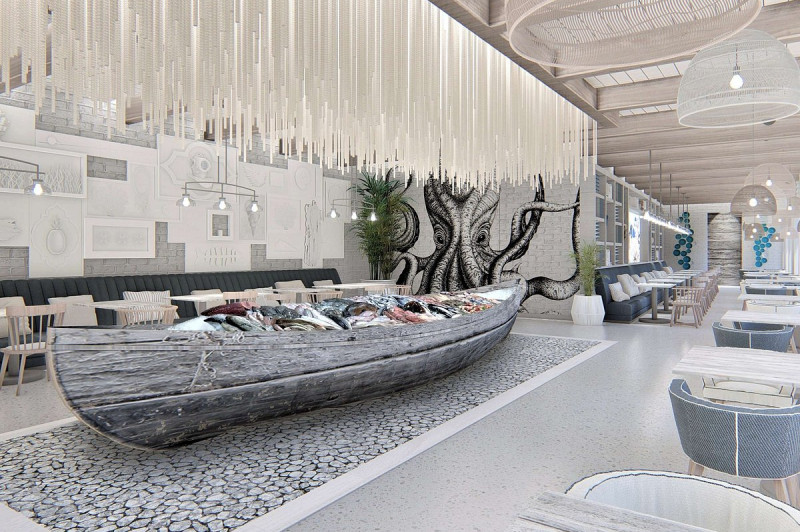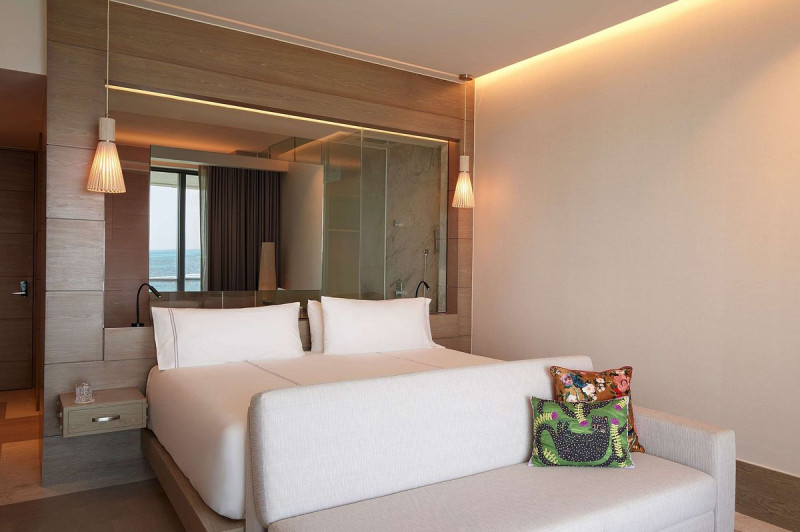- Home
- Past Conferences
- 3rd Neurogenesis Conference
3rd Neurogenesis Conference
Implications for Lifelong Development and Disease #Neurogen24
08 Feb - 11 Feb 2024
Cancun, Mexico
-
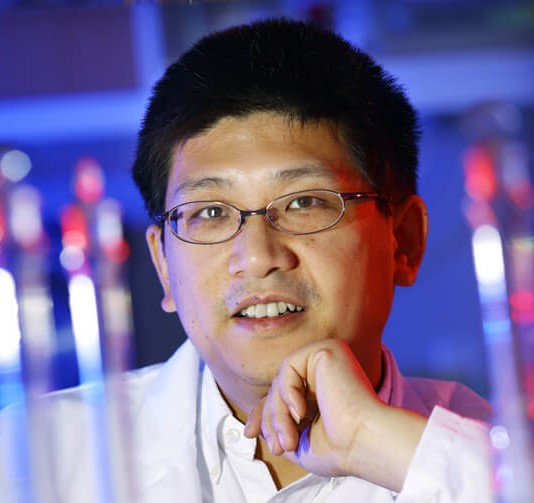
Hongjun Song
University of Pennsylvania
-
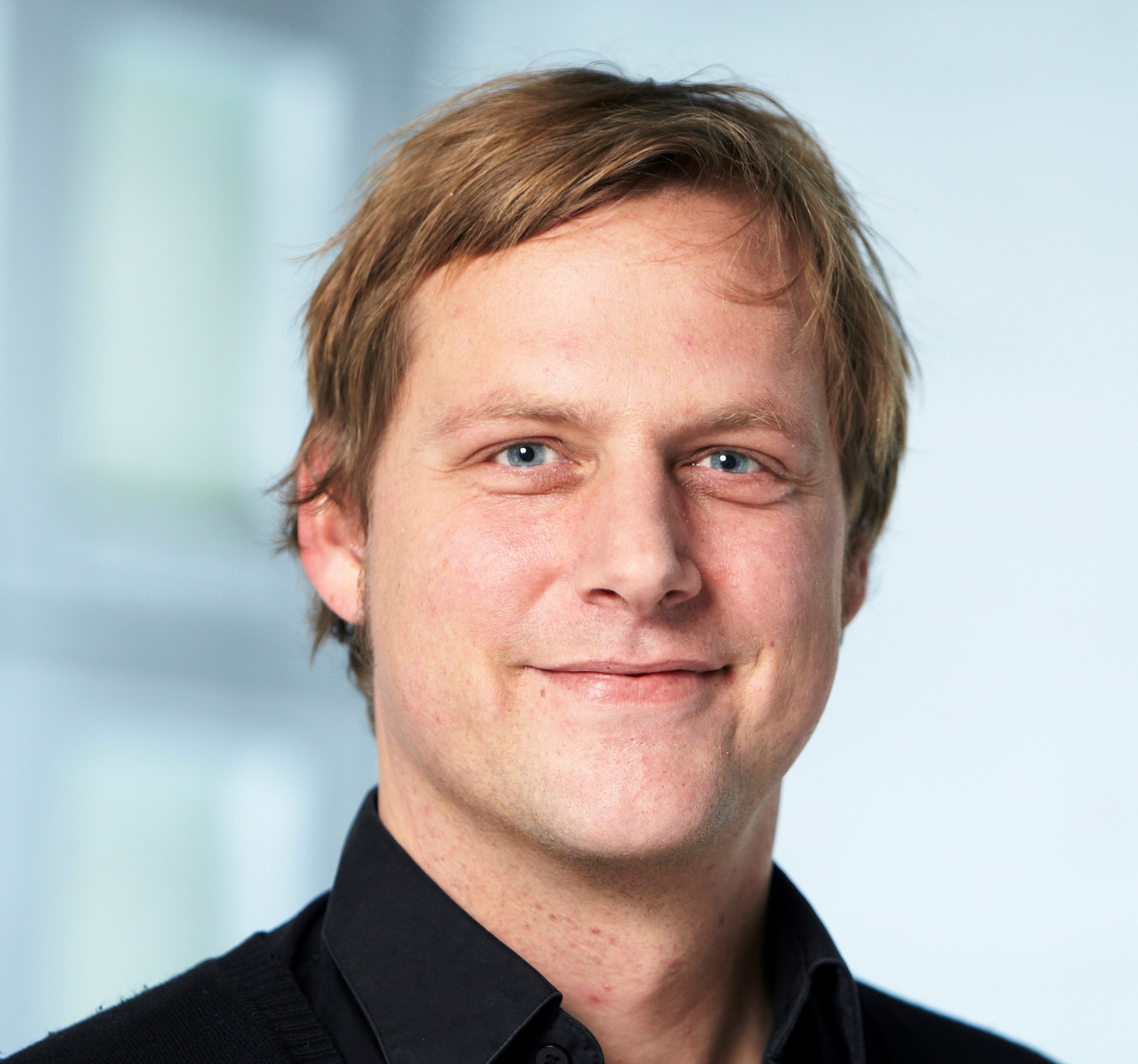
Sebastian Jessberger
University of Zurich
Early Bird - Expired • Talk Submission - Expired • Poster Submission - Expired • Registration & Payment Deadline - Expired
Report
Chair Report
By Sebastian Jessberger (University of Zurich) & Hongjun Song (University of Pennsylvania)
The 3rd Fusion conference on Neurogenesis took place from Feb 8-11 in Cancun, Mexico. The conference was organized by Hongjun Song (U Penn, USA) and Sebastian Jessberger (UZH, CH) and brought together leaders in the field of neural stem cell biology and disease modeling with numerous junior investigators as well as trainees. The meeting had an outstanding line-up with key leaders in the field participating. The conference was characterized by lively discussions, ample networking opportunities and very exciting science in the amazing setting right at the Caribbean sea.
The meeting consisted of 41 talks by speakers from north America, Asia, and Europe, including many junior investigators, woman scientists, and those from under-represented groups. In addition, there were two lively poster sessions.
The conference allowed for exciting and innovative discussions among the >100 participants that will help to move the fields of neurogenesis and stem cell biology forward. The fusion team provided outstanding support and guaranteed for a smooth organization in the wonderful surrounding of the Fiesta Americana resort. The outside dinners on two nights that were held in front of the sea were spectacular.
The meeting awarded several fellowships to support early career investigators with the generous support of meeting organizers and many invited speakers.
The meeting on Neurogenesis that had been initiated in 2016 is now one of the most favorite meetings for many investigators and will be continued in the future.
The meeting was at a fantastic venue and excellently organized by Fusion Conferences, Ltd. The conference was generously supported by the Chen Institute, EMBO, Cell Stem Cell, and Stem Cell Technologies.
Student Report
By Margaux Quiniou (PhD fellow, Jessberger lab, University of Zurich)
Meeting Report: 3rd Neurogenesis Conference: Implications for Lifelong Development and Disease, 08-11 February 2024 #Neurogen24
The long-awaited third edition of the Neurogenesis Conference, with a focus on “Lifelong Development and Disease”, finally took place from February 8th to 11th 2024 at the Fiesta Americana Condesa in Cancun, Mexico. Co-organized by Sebastian Jessberger (University of Zurich) and Hongjun Song (University of Pennsylvania), this reunion marked the first neurogenesis conference since the COVID-19 pandemic, with the last event being held back in 2019. This year’s edition was a resounding success, combining exceptional science, dynamic participants and a cheerful, relaxed atmosphere. Attendees were eager to present recent and unpublished data, exchange ideas, as well as debate new and sometimes daring concepts. Particularly unique to this conference was the widespread and genuine joy of the participants to reconnect in-person with friends and collaborators after five years of intermission. Overall, the 2024 Neurogenesis conference was undeniably a fantastic comeback of the Fusion Neurogenesis conference series.
Content
The conference centered around neurogenesis, from development to adulthood, and addressed its implications in health and disease. Consequently, a great diversity of topics was explored, encompassing multiple experimental strategies, model organisms and research questions. Yet, the quality of the talks, given by world-leading experts and younger scientists alike, enabled the audience to receive a broad but complementary overview of the exciting and ongoing research, as each talk integrated well within the overarching theme of the meeting.
Despite every presentation being unique and distinct from the rest, there were several recurrent themes throughout the meeting. This highlighted how the same biological question can be addressed by a multitude of ways by various research groups. For example, the regulation of quiescence in neural stem cells (NSC) was a particularly popular topic, with Ryoichiro Kageyama (RIKEN Center for Brain Science) showing the role of gene expression oscillations and Armen Saghatelyan (University of Ottawa) displaying the involvement of calcium dynamics in the control of their quiescent state in mice. Additionally, Allison Bond (Icahn School of Medicine at Mount Sinai) shared her group’s work on the establishment of quiescence during mouse development, while Fiona Doetsch (University of Basel) reported on a subpopulation of quiescent NSC that are responsive to pregnancy.
Other fundamental research topics were also very popular, including the role of adult-born granule cells in the hippocampal circuitry and cognition. This topic was particularly well discussed through different perspectives by Rene Hen (Columbia University), Paul Frankland (SickKids Research Institute), Amar Sahay (Massachusetts General Hospital) and Matteo Bergami (University Hospital Cologne).
This meeting also had a notable interest in human diseases, from how to model them in vitro and in mice, to understanding their mechanisms and setting up clinical trials with new therapeutic strategies. These concepts were well reflected in Guo-Li Ming’s (University of Pennsylvania) and Ana Martin-Villalba’s (German Cancer Research Center) captivating talks on human glioblastomas. Aging was also a major interest at this conference, with Anne Brunet (Stanford University) showing a lipidomic study of brain aging while Tony Wyss-Coray (Stanford University) demonstrated the numerous age-associated changes that occur in the blood of mice and humans.
Finally, the conference also highlighted cutting-edge technologies, with several talks showcasing innovative tools that will shape future research in the neurogenesis field. Memorable presentations included the assembly and recordings of neuronal activity in quadruple organoid assembloids by Sergiu Pasca (Stanford University), and the optimization of 3-photon dual colour in vivo imaging in mice by Yusaku Hontani (University of Zurich).
Attendees
The conference’s list of participants was as diverse and exceptional as the science was. With approximately 110 attendees, this meeting was relatively small and intimate. The extent of familiarity and friendship between participants was perhaps best illustrated by the fact that the usually life-saving name tags were almost unnecessary during this meeting. Nonetheless, the participants were highly international, representing multiple institutes and universities from across 4 continents and counting many more nationalities. The spread in career stage was equally broad, with many senior professors attending, but also junior group leaders, postdocs and PhD students. Importantly, the friendly and welcoming atmosphere that defined this conference greatly facilitated interactions across all participants and enabled exceptional networking opportunities. Moreover, the relaxed open-minded ambiance extended beyond the conference room, as conversations could easily start at one of the resort’s many restaurants and bars, or even at the beach.
The meeting boasted an impressive line-up of speakers, with the majority being widely
recognized and established leaders in their respective fields. The talks were not only inspiring but also sparked lively discussions throughout the conference. Some Q&A sessions were particularly dynamic, resembling ping-pong matches that continued beyond the walls of the seminar room. Controversial and opposing concepts were also proposed, challenging established dogma of the neurogenesis field and energizing the participants. Furthermore, the willingness of many speakers to openly present unpublished data created a collaborative atmosphere, which is essential for keeping the research field active and engaging.
Finally, the conference’s content was complemented by high-quality and well-presented posters. Counting more than 40 posters, predominantly by PhD students and postdocs, the poster sessions kicked off with one-minute flash-talks by all presenters. This enabled attendees to prioritize their timetables based on their interests. The multiple poster sessions that were held throughout the conference gave attendees ample time for networking, receiving valuable feedback and fostering collaborations. The success of these discussions was highlighted by the five poster prizes awarded at the Gala dinner. Determined by popular vote, the prizes included a 12-month subscription to Cell Stem Cell, an EMBO conference funding contribution and three Fusion “Best Poster” awards.
Overall, this conference was a great success, combining exciting research, enthusiastic
participants and a paradisiac location. Indeed, it was a remarkable example demonstrating that work and fun can be mutually exclusive. I am sure that we are all looking forward to the 4th edition and the pina coladas that come with it.
Synopsis
Neural development continues throughout life in the mammalian brain. This conference will bring together leaders from diverse fields, such as embryonic cortical development, adult neurogenesis, patient-derived stem cell-based 2D and 3B brain organoid disease modelling, direct reprograming and transplantation to discuss recent advances and remaining gaps in the understanding of the cellular and molecular mechanisms regulating neural stem cell activity, neural fate specification and functional significance of circuitries modified by the addition of new neurons in health and diseases.
Student Offer
Take advantage of this fantastic opportunity for students! Fully paying 'single' or 'shared' registrants can bring a student for only $960. Unfortunately, Postdocs are not eligible. Both registration packages include; accommodation for the 8, 9 ,10 Feb 24 (on a shared basis for students) and a food and beverage package for the conference period. Once registered, please contact Emily Meen to obtain a special registration link for your student.
Confirmed Keynote Speakers
Rene Hen (Columbia University)
NEUROGENESIS, PATTERN SEPARATION, AND OVERGENERALIZATION
Jürgen Knoblich (IMBA - Institute of Molecular Biotechnology)
EPILEPSY IN A DISH: USING CEREBRAL ORGANOIDS TO MODEL NEURAL NETWORK AND ACTIVITY CHANGES IN NEURODEVELOPMENTAL DISEASE
Guo-Li Ming (University of Pennsylvania)
MODELING HUMAN EARLY NEUROGENESIS USING BRAIN REGION SPECIFIC ORGANOIDS
Confirmed Plenary Speakers
Anne Brunet (Stanford University)
MECHANISMS OF NEURAL STEM CELL AGING
Magdalena Götz (Helmholtz Zentrum München)
NOVEL MECHANISMS OF NEUROGENESIS AND NEURAL REPAIR
Ryoichiro Kageyama (RIKEN Center for Brain Science)
DYNAMIC TRANSCRIPTIONAL CONTROL OF ACTIVE VERSUS QUIESCENT NEURAL STEM CELLS
Gerd Kempermann (TU Dresden)
ADULT NEUROGENESIS AND THE NEUROBIOLOGY OF INDIVIDUALITY
Sergio Pasca (Stanford University)
CONSTRUCTING AND DECONSTRUCTING THE HUMAN NERVOUS SYSTEM TO STUDY DEVELOPMENT AND DISEASE
Pierre Vanderhaeghen (KU Leuven)
LINKING DEVELOPMENTAL TEMPO WITH HUMAN BRAIN EVOLUTION AND DISEASES
Confirmed Invited Speakers
Benedikt Berninger (Kings College London)
ENGINEERING NEURAL CELL FATES IN THE POSTNATAL CEREBRAL CORTEX BY IN VIVO LINEAGE REPROGRAMMING: CELLULAR CONTEXT MATTERS!
Fiona Doetsch (University of Basel)
DIVERSITY AND REGULATION OF ADULT NEURAL STEM CELLS
Paul Frankland (SickKids Research Institute)
NEUROGENESIS FUNCTIONS AS A NEURAL REGULARIZER TO PROMOTE GENERALIZATION OF LEARNING
Jenny Hsieh (The University of Texas at San Antonio)
STEM CELL APPROACHES TO UNDERSTANDING ACQUIRED AND GENETIC EPILEPSIES
Dieter Chichung Lie (Friedrich Alexander University)
REGULATION OF ADULT NEURAL STEM CELL ACTIVITY BY LIPID METABOLISM / LYSOSOME CROSSTALK
Ana Martin-Villalba (German Cancer Research Center)
INSIDE THE BRAIN: UNRAVELING STEMNESS FROM YOUTH TO INJURY TO CANCER
Armen Saghatelyan (University of Ottawa)
REGULATION OF ADULT NEURAL STEM CELLS QUIESCENCE/ACTIVATION DYNAMICS BY THEIR PROGENY
Amar Sahay (Massachusetts General Hospital)
IMMATURE ADULT-BORN NEURONS RECRUIT INHIBITION TO SUPPORT SOCIAL RECOGNITION
Alejandro Schnider (Leloir Institute Foundation)
MOLECULAR MECHANISMS OF NEURONAL DIFFERENTIATION IN THE ADULT HIPPOCAMPUS
Juan Song (University of North Carolina)
HYPOTHALAMIC ENHANCEMENT OF HIPPOCAMPAL NEUROGENESIS MODULATES MEMORY AND EMOTION PROCESSING IN HEALTH AND DISEASE
Xiaoqun Wang (Beijing Normal University)
THE DIVERSITY OF NEUROGENESIS IN HUMAN BRAIN
Tony Wyss-Coray (Stanford University)
BRAIN AGING AND REJUVENATION OF THE NEUROGENIC NICHE
Xinyu Zhao (University of Wisconsin-Madison)
MULTIMODAL APPROACHES TO INTERROGATE CRITICAL GENES FOR BRAIN DEVELOPMENT AND DISORDERS
Target Audience
Junior (i.e., PhD students and postdocs) and senior scientists (i.e., group leaders and professors) and physician-scientists in academia, biotech and pharmaceutical companies who would like to gain a better understanding in mechanisms underlying the neurogenic process in the developing and adult brain in physiology and disease. Further, the audience will be interested to engage in discussions on state of the art in each of these areas.
Educational Need
The audience will receive a broad picture of the latest developments and translational implications in the field of lifelong neural development and stem cell-based disease modelling.
Confirmed Speakers
Chairs

Hongjun Song
University of Pennsylvania

Sebastian Jessberger
University of Zurich
Plenary Speakers
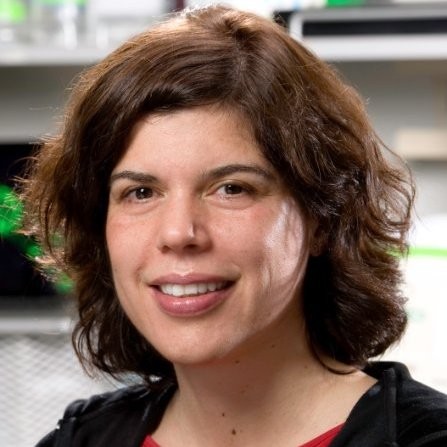
Anne Brunet
Stanford University
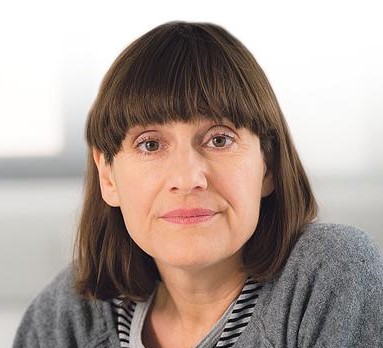
Magdalena Götz
Helmholtz Zentrum München
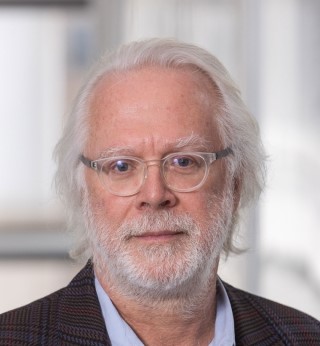
Rene Hen
Columbia University
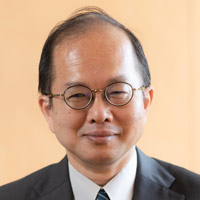
Ryoichiro Kageyama
RIKEN Center for Brain Science
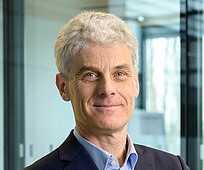
Gerd Kempermann
TU Dresden

Jürgen Knoblich
IMBA - Institute of Molecular Biotechnology
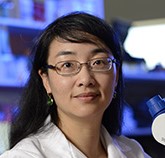
Guo-Li Ming
University of Pennsylvania
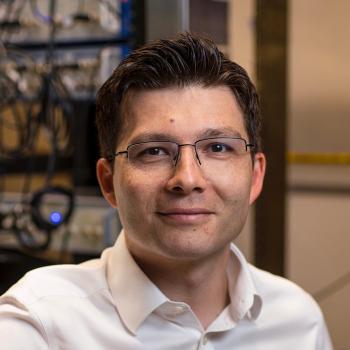
Sergiu Pasca
Stanford University
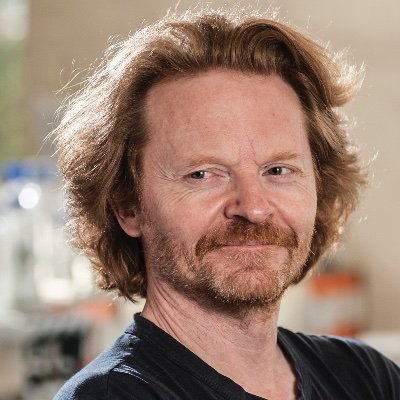
Pierre Vanderhaeghen
KU Leuven
Invited Speakers
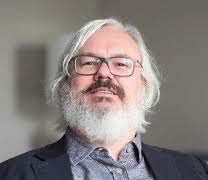
Benedikt Berninger
King's College London
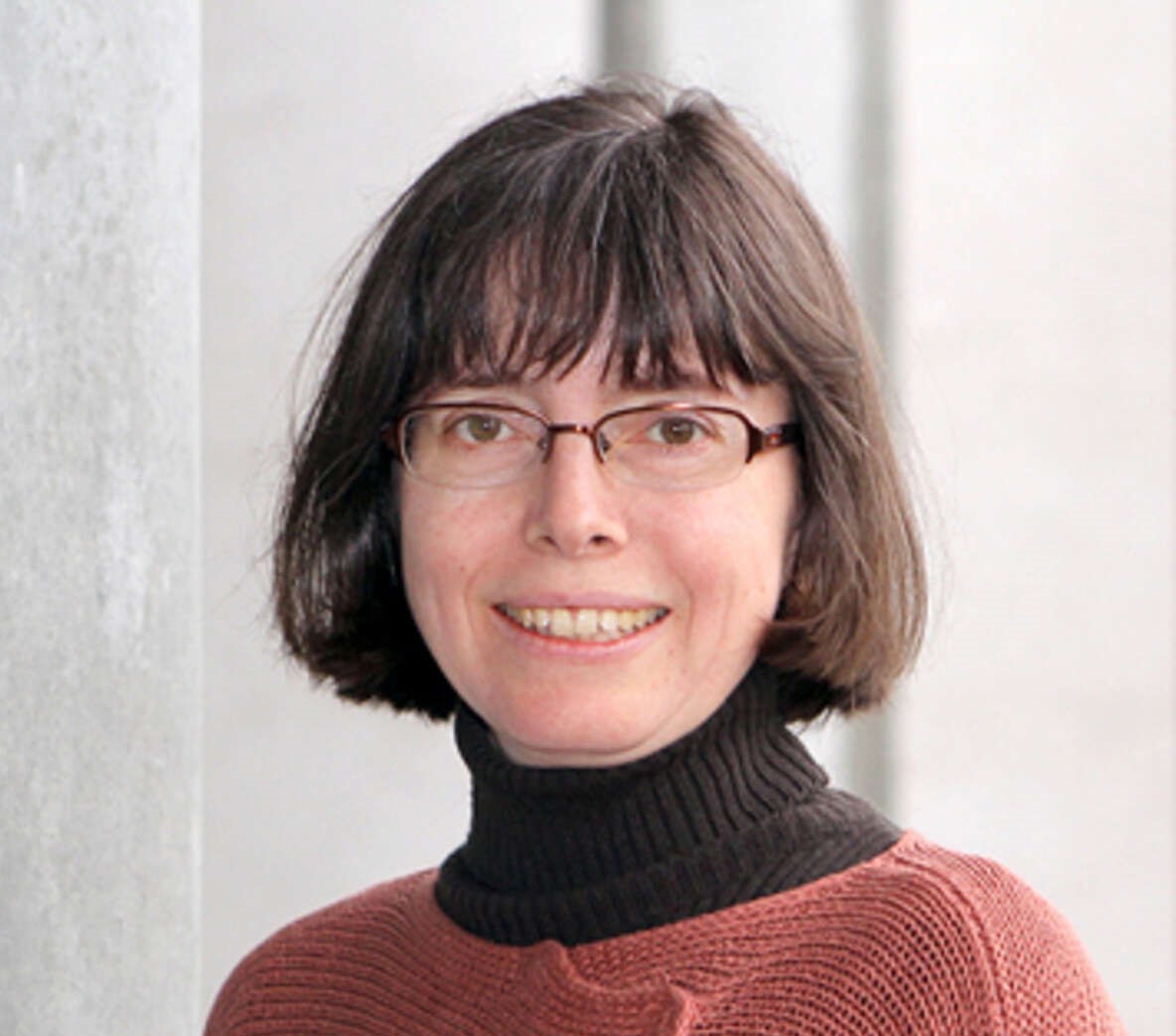
Fiona Doetsch
University of Basel
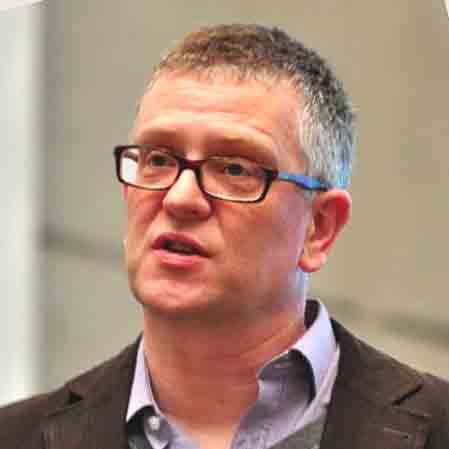
Paul Frankland
SickKids Research Institute
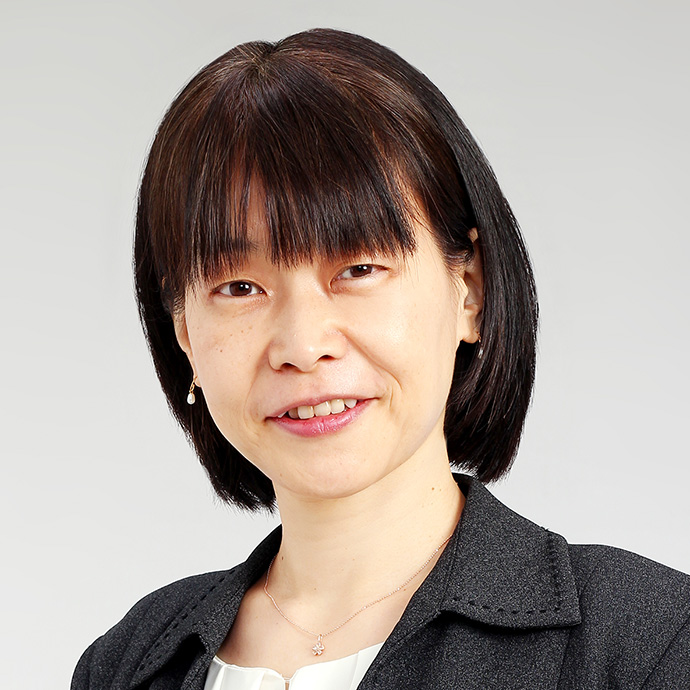
Yukiko Gotoh
University of Tokyo
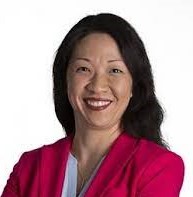
Jenny Hsieh
University of Texas at San Antonio
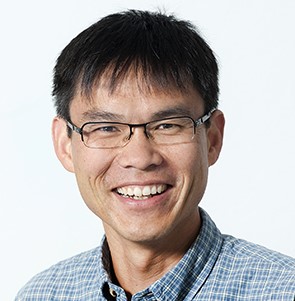
Chichung Lie
Friedrich Alexander University
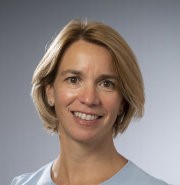
Ana Martin-Villalba
German Cancer Research Center
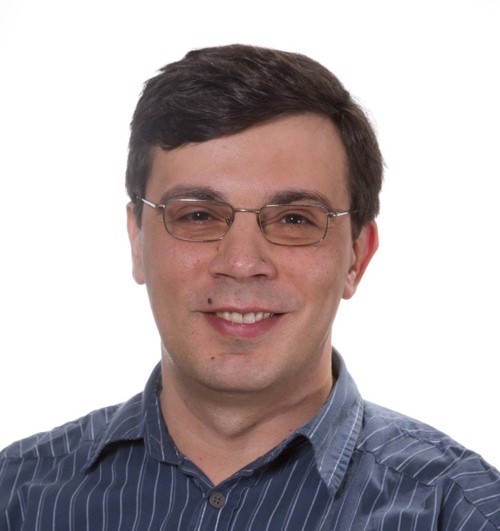
Armen Saghatelyan
University of Ottawa
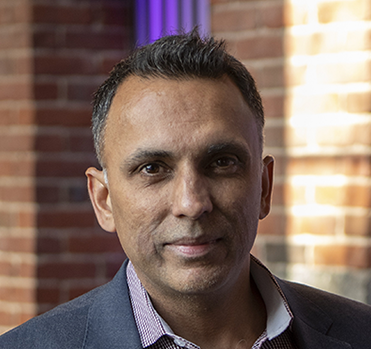
Amar Sahay
Massachusetts General Hospital
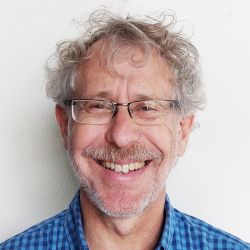
Alejandro Schnider
Leloir Institute Foundation
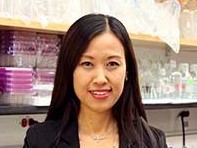
Juan Song
University of North Carolina at Chapel Hill
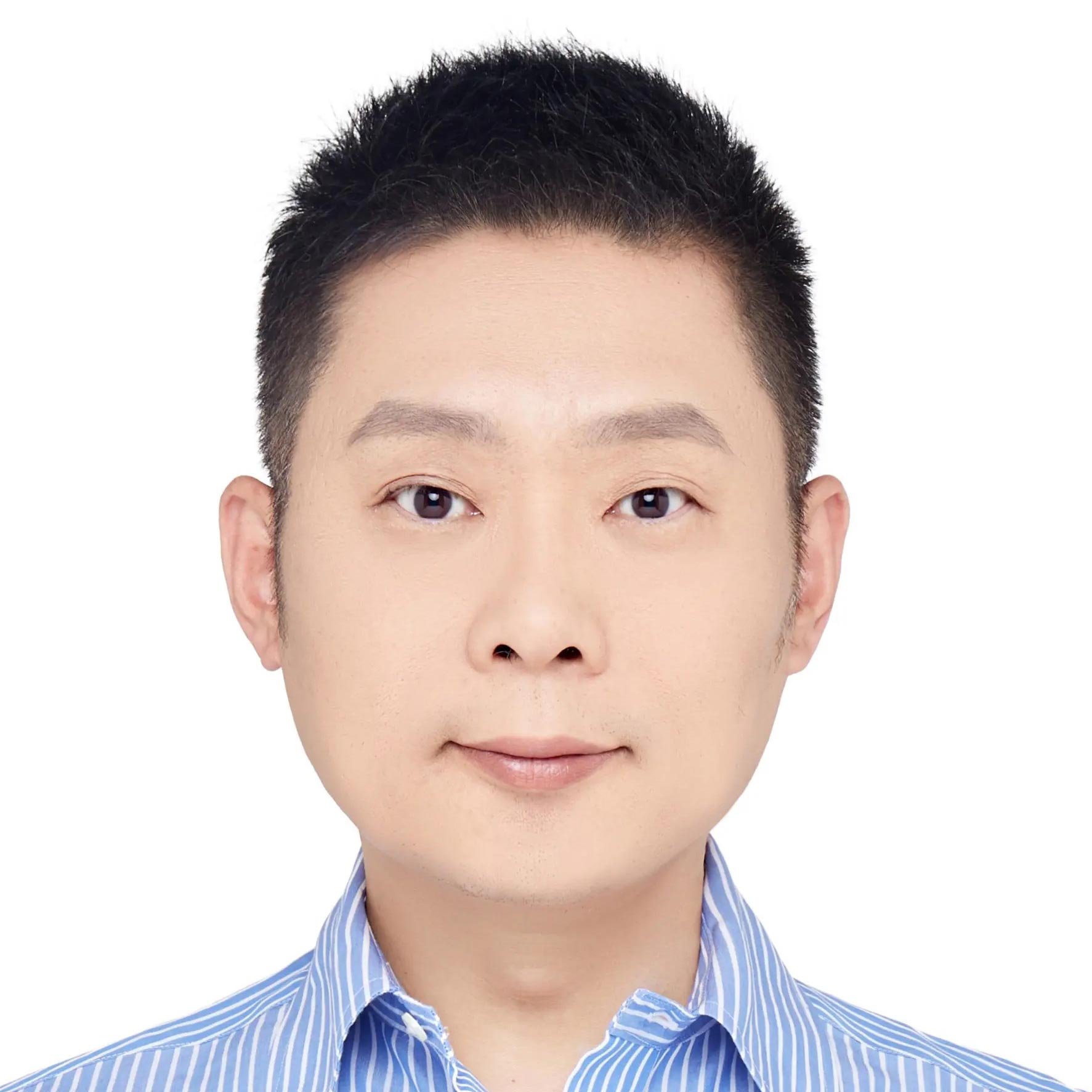
Xiaoqun Wang
Beijing Normal University
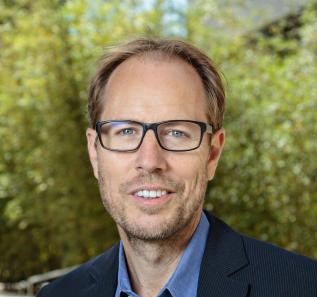
Tony Wyss-Coray
Stanford University
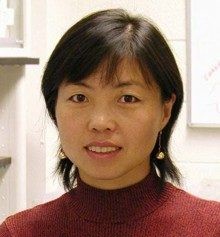
Xinyu Zhao
University of Wisconsin-Madison
Programme
Grants
The deadline for grant applications has now passed, but please see our student offer below -
Student Offer
Take advantage of this fantastic opportunity for students! Fully paying 'single' or 'shared' registrants can bring a student for only $960. Unfortunately, Postdocs are not eligible. Both registration packages include; accommodation for the 8, 9 ,10 Feb 24 (on a shared basis for students) and a food and beverage package for the conference period. Once registered, please contact Emily Meen to obtain a special registration link for your student.
Supported by
Venue & Location
Fiesta Americana Condesa Cancun All Inclusive
This stylish hotel features contemporary Mexican architecture, including one of the largest and most impressive thatched-roof "palapas" in the entire country. There are cultural activities, arts and crafts and sports programs to keep you constantly entertained, plus time to relax and enjoy the Mayan culture, soak up the Caribbean sunshine and revel in the international ambiance that settles in after the sun goes down.
Throughout your stay delegates will enjoy a full meal plan, inclusive of beverages. Take your pick from the aromatic Asian delights at Kaumbu, traditional fare at El Mexicano, delicious international cuisine at Kalmia Buffet or perhaps sample the sumptuous Italian dishes at Rosato. There are also several other dining opportunities such as the Cevichería, Pizzeria, Sushi Corner, pool and lounge bar areas. The Gala Night with either a Mayan or Caribbean theme takes place on the third evening of the conference with a mouth-watering feast of local cuisine, an open bar and amazing local entertainment. We welcome all delegates and their accompanying persons to the Gala Night – a truly fun filled night not to be missed!
Hotel facilities include a lagoon pool, gym, spa, complimentary WIFI throughout the hotel, convenince store, kids club, room service, laundry services (with extra charge) and beach.
General Information
Venue Rating
★ ★ ★ ★ ★
Currency
US Dollar (USD)
Address
Fiesta Americana Condesa Cancún All Inclusive Blvd. Kukulcan km 16.5 Zona Hotelera 77500 Cancun Q.R. Mexico
Nearest Airport
Cancun International Airport
Location
Cancun is a delightful combination of natural beauty, islands, ecological reserves and white sandy beaches. However, besides sun, sand and sea, this destination also offers an infinite variety of underwater activities to choose from: the diving, snorkelling and fishing here are outstanding and you will find an undersea world packed with tropical fish that live on the second largest barrier reef in the world. Sports enthusiasts might choose one of the many eco-tourism activities, such as cycling or hiking through the tropical forest or kayaking through mangroves, or something a little more adventuresome, like zip lining through the treetops.
Apart from the more well-known ancient Mayan archealogical sites such as Tulum, Cobá and Chichén Itzá you may like to visit the Aktun Chen caverns, voted one of the Top 10 underwater walks by National Geographic described as a truly magical experience.
Gallery
If you are interested in this meeting but not yet ready to register, you can sign up for updates here and our team will keep you updated regarding deadline reminders and grant opportunities relating to this meeting only.
If you're interested in sponsoring this conference please contact us.
Conference Manager
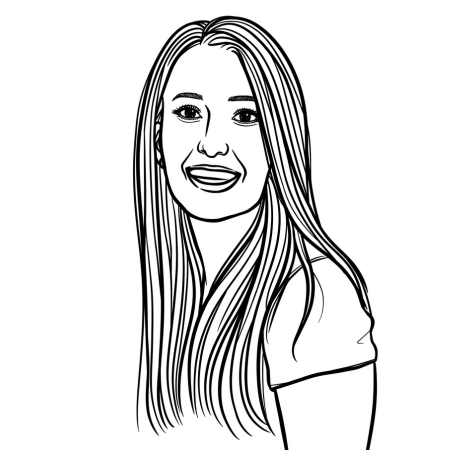
Emily Meen
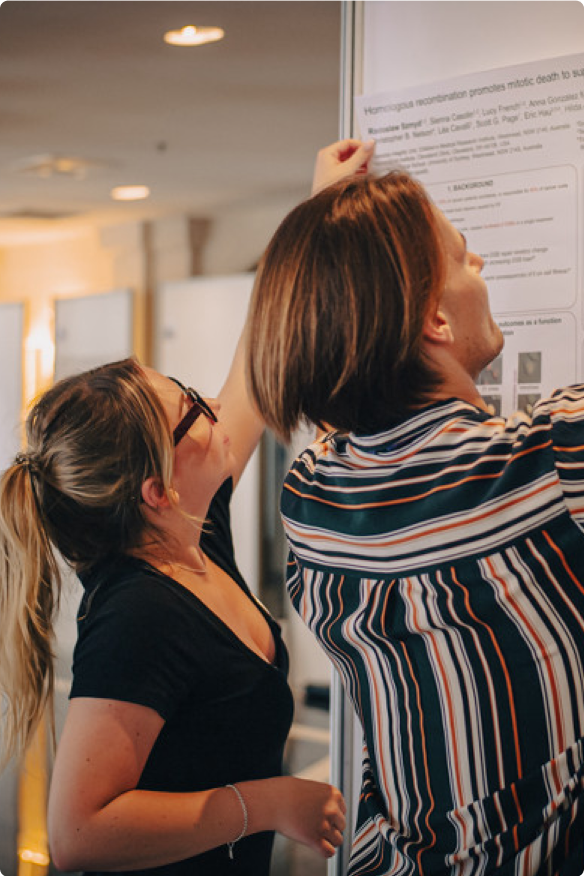

Need some help? Chat to the Fusion team today
As a family run business, our dedication runs deep. We’re committed to each other and, even more so, to every attendee’s experience, delivering a level of care and passion that’s truly unmatched.
